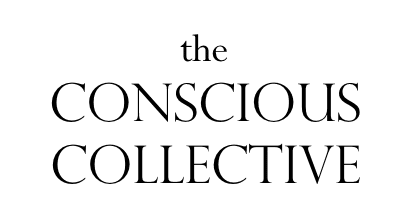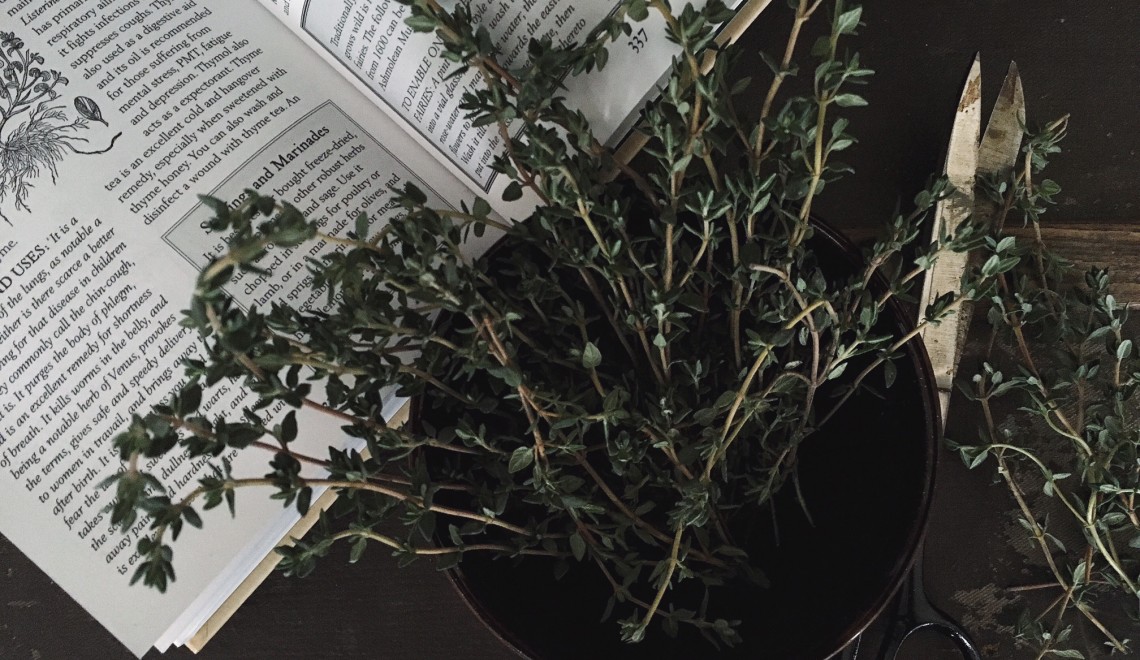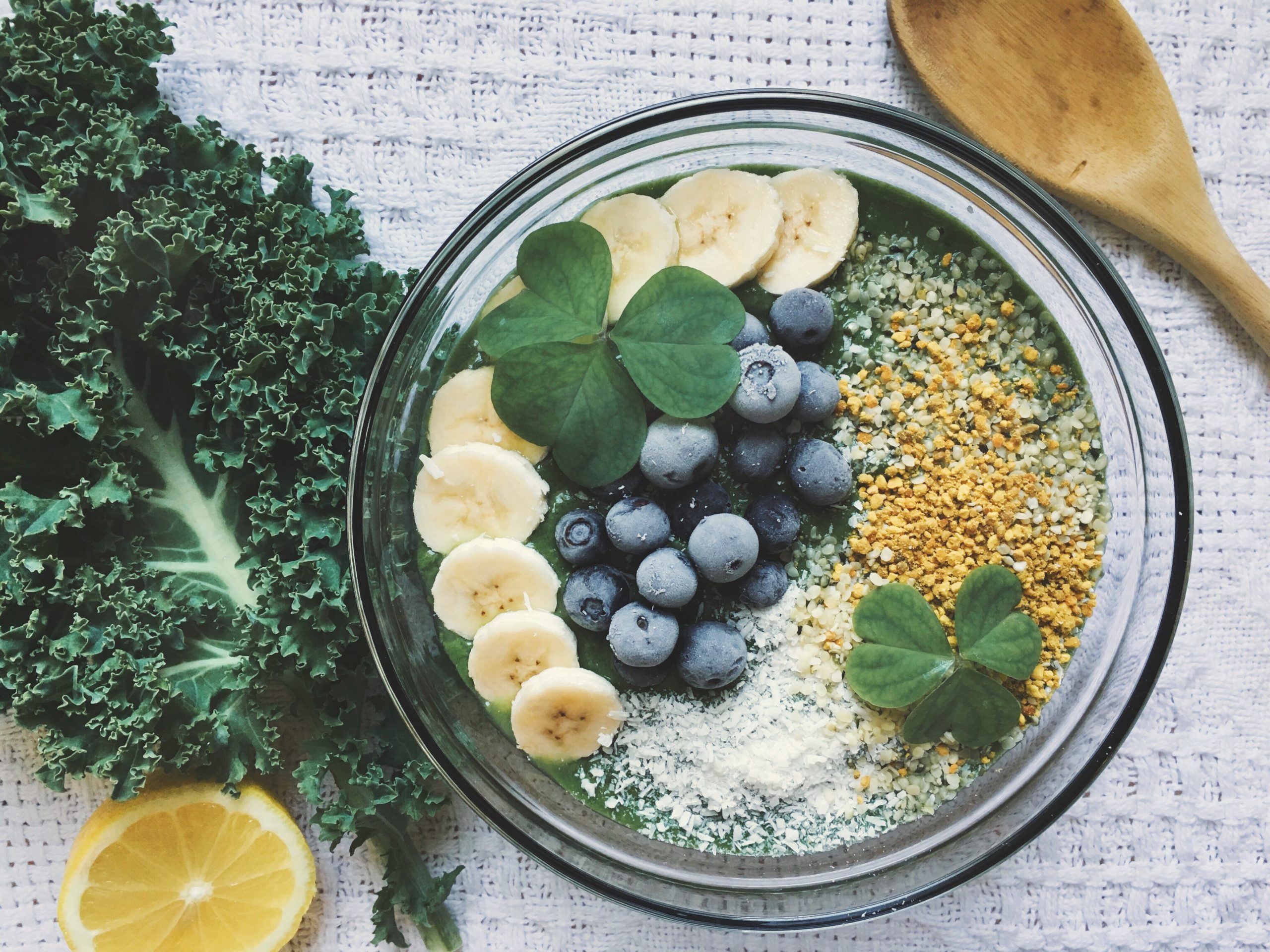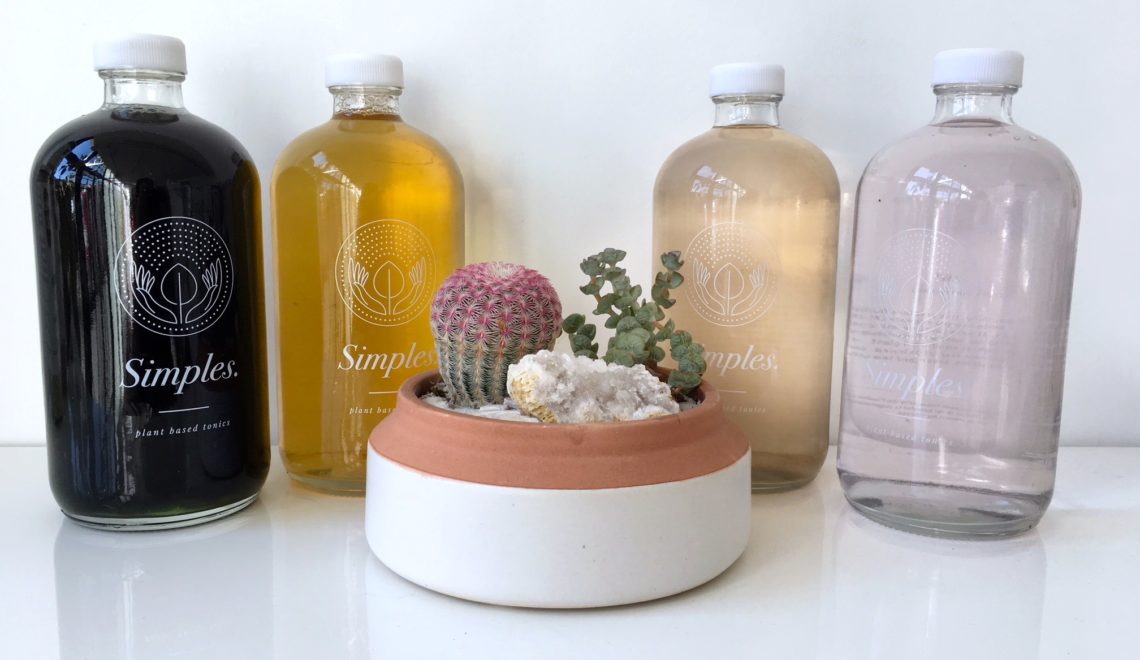Herbs 101: For the Love of Lavender
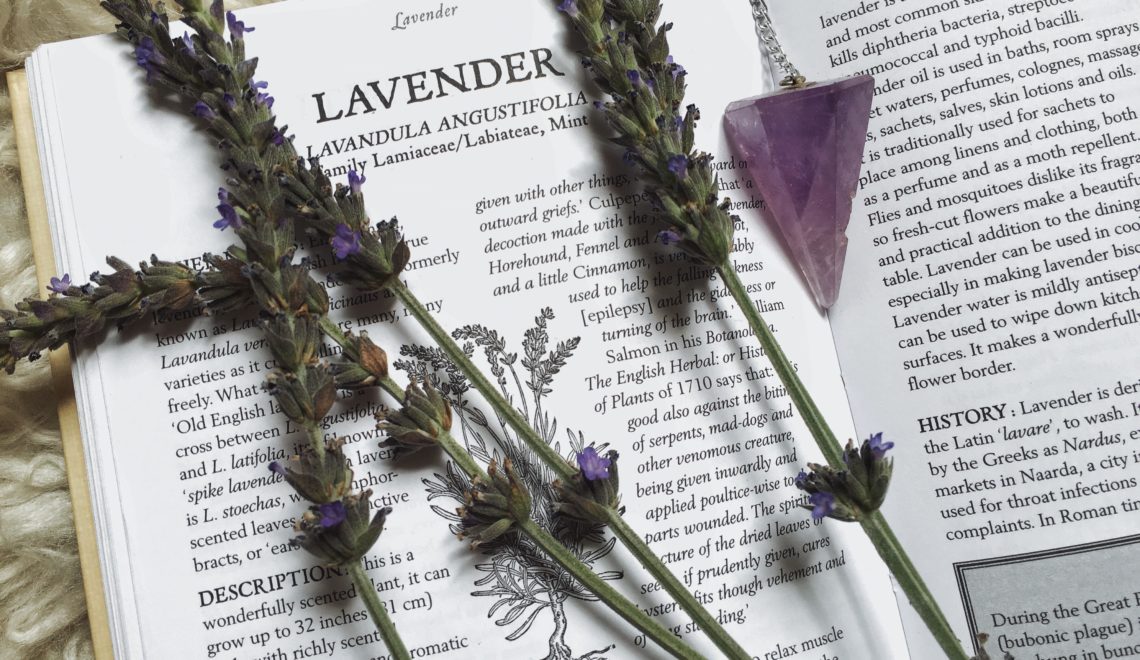
Comforting and familiar, lavender (Lavandula angustifolia, Lavandula vera, Lavandula officinalis) graces many of our gardens & windowsills. Once planted around the perimeter of the house to keep evil spirits at bay, this intoxicating flower is used for much more than unnerving superstitions. Its name stems from the Latin, ‘lavare’ meaning “to wash”, and has been used throughout history as both a magical & religious herb. It cross pollinates freely and therefore boasts numerous varieties. I’ve spotted at least 3 in my neighborhood!
As I’m sure you well know, lavender is widely used in both aromatherapy and beauty products. Everything from deodorant & toothpaste to facial sprays & shampoo can be found in a “Lavender” scent. But, though it is commonly used mainly as a fragrance, its healing properties are sometimes overlooked. This aromatic perennial is noted for delivering a list of healing benefits.
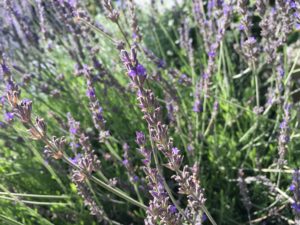
Lavender’s healing benefits include:
- Anti-depressant
- Antiseptic
- Antiviral
- Decongestant
- Sedative
Aromatherapy & Beauty
A great way to reap these benefits is through aromatherapy. Lavender is useful not only for specific ailments, but is a great way to add a general sense of calmness & balance during a massage or meditation practice. Add a few drops to an oil diffuser or make a quick homemade linen & room spray. My go-to when I start to feel a headache coming on, is to simply soak a clean washcloth in hot or cold water infused with a couple drops of the oil. Wring out your washcloth. Lay down & drape over your face. Rest calmly for a few minutes; taking the time to let the soothing herb work her magic. Almost instantly you will start to feel the soothing & calming effects of this beautiful plant. Just remember that a little goes a long way : )
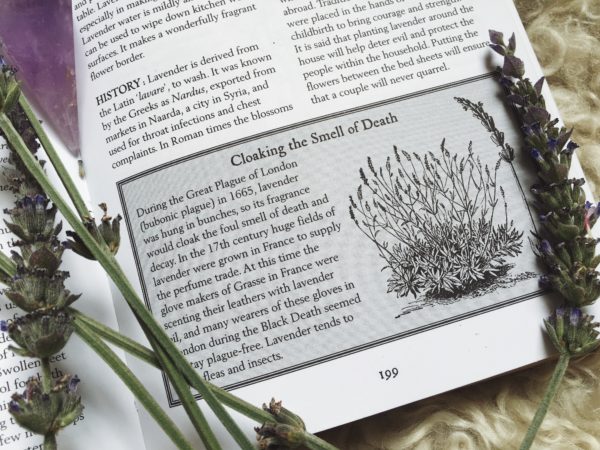
Medicinal
Lavender is great in the fight against health compromising germs & bacteria. It has been shown to kill pneumococcal (pneumonia), streptococcal (strep throat), typhoid bacilli & diphtheria bacteria, to name a few. That’s even more reason to make your own green cleaning kitchen spray : ) The herb has also been used for 1000’s of years to deter pesky little bugs, such as fleas, ticks & gnats, and is said to aid in the healing of their bites. Placing sachets of its dried flowers in your drawers is an age old remedy for repelling moths. Or, bundle up some fresh from the garden to use as a useful table bouquet at your next outside dinner party. Gnats & mosquitoes beware!
Culinary
A beautiful way to enhance the flavor & appearance of your drink concoctions or baked goods is by using lavender flowers. Since the aroma & taste can be quite strong, you will have to use your best judgement when incorporating lavender into your cooking adventures. One of my favorite ways to use to use it is by infusing a bit of raw honey or organic sugar with some chopped flowers, to use either as a topping on a piece of toast or added to a cup of hot water or tea.
Lavender Infused Honey
Add 1/2 Tbs. chopped fresh or dried lavender flowers to 3/4 cup of warm raw honey. I usually squeeze in a Tbs. or so of fresh lemon, lime or orange juice, but if you prefer your honey without these additions, that’s fine too. Let steep for one hour, strain & enjoy!
Lavender Sugar
In a Mason jar add ¼ cup lavender flowers to 2 cups organic sugar of choice. Seal, shake & let sit for one week to let all of the oils marinate with the sugar. Enjoy a spoonful in a cup of tea, add to homemade lemonade for a refreshing infusion, or sprinkle on top of warm sugar cookies.
As with any herb, there are endless ways to incorporate lavender into your home among your self-care practices & culinary adventures.
Make sure to share (below), leave a comment (above), or send us an email. We would love to hear some of your favorites!
